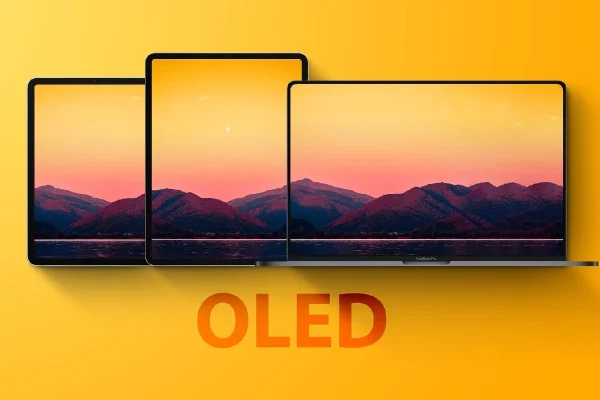LG will invest 2.81 billion dollars in the production of OLED panels to meet the needs of Apple

Recent rumors indicate that Apple plans to equip future iPads and MacBooks with organic LED (OLED) displays, and this will double Apple’s need to procure said panels from third-party companies, such as LG and Samsung. Now, in the latest news, it is said that LG plans to invest 3.3 trillion won (equivalent to 2.81 billion dollars) in the creation of infrastructure for the production of said small-sized displays, according to a two-to-three-year vision.
In general, it is believed that the Korean company’s investment is in line with Apple’s growing needs; Because LG is considered the second supplier of displays for Apple products, and according to estimates, this company received more than a five-fold increase in panel orders from Apple last year! In addition, it was recently revealed that LG is buying equipment for the purpose of producing promotion displays for use in iPhone 13 Pro models . Now, the new report could be a confirmation that other Apple products will be equipped with an OLED display in the near future.
This report was first published by the Chinese-language publication IT Home and claimed that the said publication had discovered legal cases related to LG’s investment. Evidence shows that LG has notified the South Korean government of the construction of its new factory in Paoju, Gyeonggi Province.
In this report, it is stated that the creation of new infrastructure can increase the production of LG’s small to medium-sized panels in each production line from 30,000 to 60,000 panels per month. This means that LG can produce 720,000 OLED panels per year from each production line.
According to previous reports, this year Samsung will be the only supplier of OLED panel equipped with low-temperature polycrystalline thin film transistor (TFT), known as LTPO, and apparently, only the flagship iPhone 13 models will be equipped with the said display. LTPO technology leads to the production of more efficient displays that are responsible for turning on and off different pixels of the display.
LTPO technology allows the smartphone to change the refresh rate of the image from 1 to 120 Hz in a variable manner according to the need and increase energy efficiency. All in all, the aforementioned technology can provide 120 Hz refresh rate for smoother navigation and smooth movement of animations and improved response to commands without reducing charging.
For models other than the Pro, Apple will continue to use the OLED TCT panel equipped with Low Temperature Polycrystalline Silicon (LTPS) transistors that LG Display offers. Samsung will probably produce 80 million display units for the next iPhone. In 2021, between 120 and 130 million OLED panels are expected to be shipped to Apple, which is apparently LG’s share of 30 million display units for the iPhone 13 and a total of 50 million units for all iPhone models (including last year’s models).






